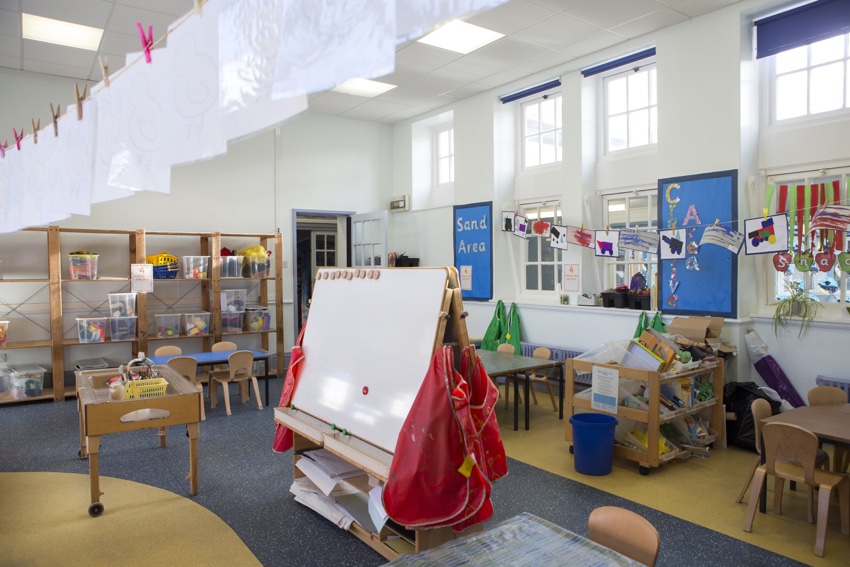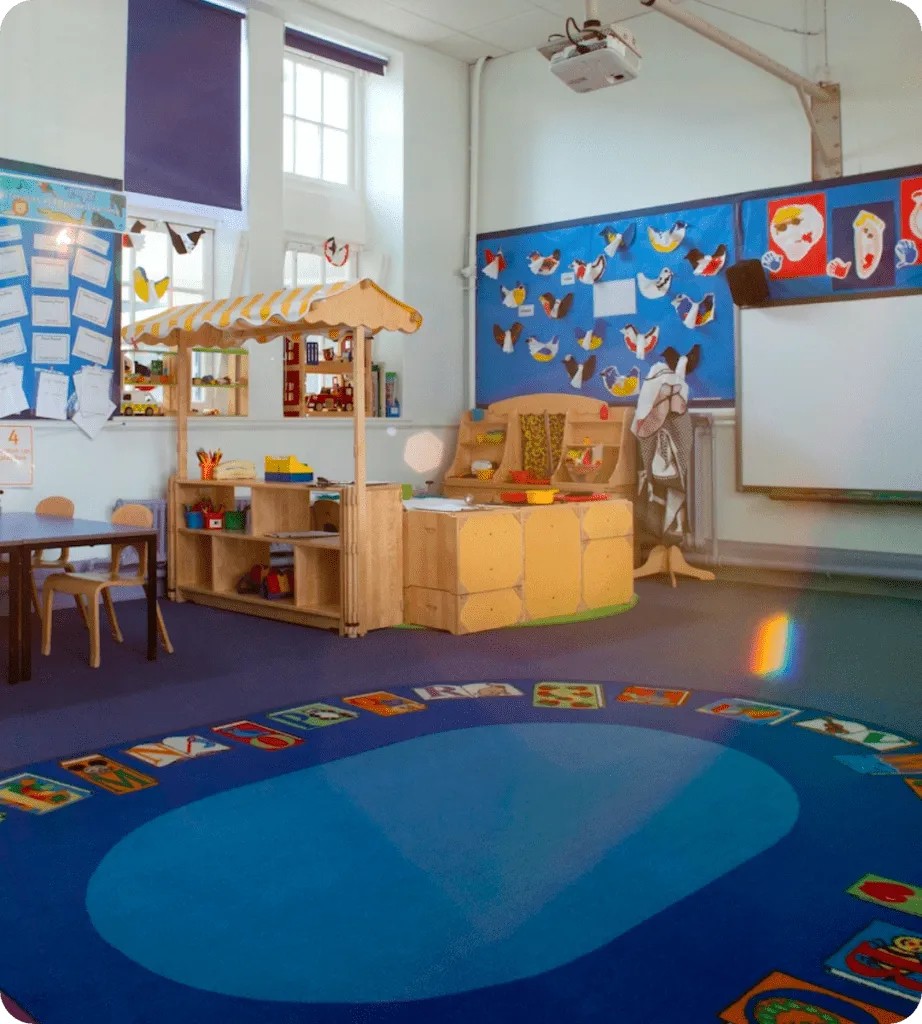Five Reflection Questions for Evaluating Your Classroom’s Physical Environment


When we talk about evaluating the effectiveness of our programs, so much of the conversation typically revolves around deciding what experiences are going to happen throughout the day and how those experiences will be individualized to meet the needs of every child in the class. However, an essential component that is often overlooked is the power of the physical environment. Regardless of where you are in the school calendar, it is always a good time to consider how effectively you planned and leveraged your physical environment this year to help children be most successful.
Here are a few questions to ask yourself when reflecting on your physical environment and to keep in mind throughout the year as your space continues to evolve to meet the ever-changing needs of your classroom community.
1. Are the materials you provide challenging but manageable for the children in your group?
- You want to make sure that the materials you provide in interest areas are responsive to children’s growing knowledge, skills, and interests over the course of the year. For instance, at the beginning of the year, your Toys and Games area will be stocked with simple one-step direction games and easily manipulated materials. As children’s literacy, mathematics, and cognitive skills grow, you may consider adding games with more complex rules that require more strategic thinking.
2. What interests are children showing that you want to nurture?
- Have children shown an increased interest in insects lately? Consider where you can incorporate materials throughout the environment to build on their curiosity. For example, you might add nonfiction books about insects to the Library area for children to use as a resource, leaves and magnifying glasses to the Discovery area so children can investigate clues that insects have been eating the leaves, and audio recordings of different insect sounds that children can use to play a matching game in the Music and Movement area.
3. Do you need to adapt some materials or areas so that children use them more frequently?
- During choice time, consider taking 20 minutes to tally the traffic for each of your classroom’s interest areas. Is the Library area often empty? Do only two children visit the Discovery area? After school, revisit the low-traffic interest areas and evaluate what changes might be needed. Is your Library area inviting, with cozy places to sit? Is there a variety of titles available and displayed with covers facing outward so children can easily make choices? Are the materials in the Discovery area interactive and relevant to the children’s current interests? Do you regularly introduce new materials to the Discovery area to pique children’s natural curiosity about potential investigations?
4. Are the materials linguistically and culturally appropriate for the children?
- Incorporating photographs of children and their families throughout the room is a wonderful way to help children feel comfortable in their classroom community. Think about posting images that are non-stereotypical and that offer authentic depictions of children and families from different cultures. Don’t forget to include images of children with disabilities in your collection as well.
- Ensure that children’s first languages are also incorporated throughout the classroom. Bilingual labels, signs, books, and musical experiences are examples of ways you can include a child’s first language and home culture. If you are unfamiliar with a child’s first language, reach out to the child’s family or use other community resources to help you find authentic ways to include that language and culture in the classroom.
5. Which aspects of your classroom’s physical environment already send positive messages to children and their families?
- Spend some time considering what is working well in your physical environment and what poses challenges for you, the children, or their families. Use that insight to help you narrow your focus regarding any upcoming changes so that, throughout your classroom, everyone can work and learn in a positive, welcoming atmosphere.
Commit to regularly observing children’s interactions with the environment so you can make changes that directly affect children’s engagement. Sometimes the smallest of changes—such as moving a Word Wall down to children’s eye level—can be a complete game-changer when it comes to enhancing children’s interaction with your materials and learning environment.
If you are looking for materials to seamlessly guide instruction, nonfiction books to add to your library, and to engage children in meaningful daily learning experiences, explore our Classroom Materials.

Revisiting Room Arrangement as a Teaching Strategy
In this webinar, we will talk with school and program administrators about what to look for when establishing a safe, positive physical environment that encourages learning; fosters community; and respects, values, and welcomes every child and family.